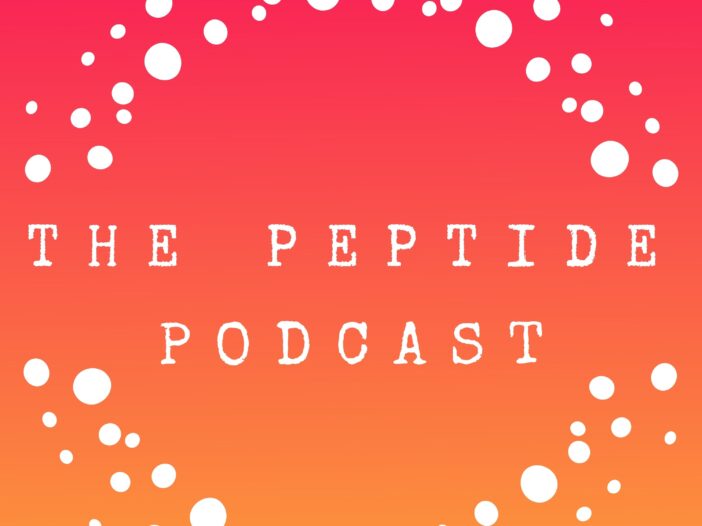
Today we are talking about Thymosin alpha-1 (TA1) and its potential benefits. All this and more in less than 2 minutes.
Before we get into what TA1 is and does, we need to talk about the thymus gland. Your thymus gland is a small gland located in your upper chest behind your breastbone in the lymphatic system. It makes special white blood cells called T-cells.
There are two types of T-cells: killer T cells and helper T cells. Both help your immune system fight disease and infection. Killer T cells destroy cancerous cells and cells infected with a virus. Helper T cells work with the other cells of the immune system to make an immune response.
What is Thymosin alpha 1 (TA1)?
TA1 is a peptide that’s produced naturally by the thymus gland. As we age, our thymus gland shrinks (atrophies), and this affects the production of TA1.
In our bodies, TA1 is known as a natural senolytic, which induces the death of aging cells our thymus makes. Taking TA1 as peptide therapy works by mimicking the body’s natural release of TA1 in the thymus gland, which stimulates the production of T cells. It also decreases the production of certain proteins called cytokines that can cause chronic inflammatory or immune responses in some people (e.g., chronic fatigue syndrome and fibromyalgia).
Studies have shown that people fighting infection have a lower amount of circulating TA1 than healthy people.
What are the benefits of TA1?
TA1 is used for clinical conditions where immune support is needed. Zadaxin is a TA1 peptide evaluated and approved in 30 countries for treating hepatitis B & C, HIV, and AIDS. It’s also used along with chemotherapy for certain lung, liver, and skin cancer patients. In addition, it is used in people with DiGeorge syndrome. Currently, the medication is in Phase III trials for the treatment of hepatitis C and Phase II trials for hepatitis B in the United States.
Fun fact: TA1 has an Orphan Drug approval by the FDA for several indications. Orphan drugs are medications approved by the FDA for rare conditions that affect fewer than 200,000 people in the U.S.
TA1 has also shown promising results in the treatment of Lyme disease.
How do I take TA1?
Compared to other peptide therapies, TA1 has a longer half-life of 2 hours, requiring fewer peptide injections. The peptide injection is a subcutaneous injection (injected into the fatty tissue) once every third day. For viral infections, treatments usually last for 2 weeks. But, depending on what you’re treating and how serious your infection is, treatment could last 3 months or more.
What are the possible side effects of TA1?
Possible side effects include redness, itching, or swelling at the injection site. Rare cases of increases in liver enzymes have happened. If you have signs of liver injury (nausea or vomiting, yellowing of the skin or eyes (jaundice), or stomach pain tell your healthcare provider right away. As always, you should tell your healthcare provider about any side effects you experience.
You can find more information at pepties.com. That’s peptides without the D. Where we are tying all the peptide information together in one easy place.
Thanks again for listening to The Peptide Podcast. We love having you as part of our community. If you love this podcast, please share it with your friends and family on social media. And subscribe to our podcast. Have a happy, healthy week!
Pro Tips
Giving yourself a peptide injection can be scary or confusing. But we’ve got you covered. Check out 6 tips to make peptide injections easier. And, make sure you have the supplies you’ll need. This may include syringes, needles, alcohol pads, and a sharps container.
We’re huge advocates of using daily collagen peptide supplements in your routine to help with skin, nail, bone, and joint health. They also help with anti-aging. Our favorite collagen peptide powder is Thorne® Collagen Plus.
Leave a Reply